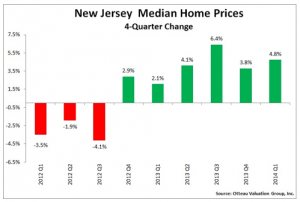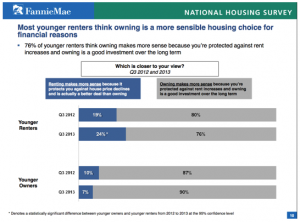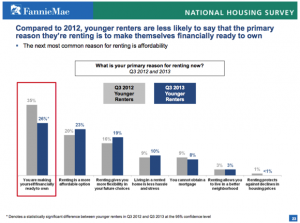From HousingWire:
Foreclosure filings down 1%, bank repos up 4%
Property foreclosure filings — default notices, scheduled auctions and bank repossessions — were reported on 115,830 properties in April, a 1% decline from the previous month and down 20% from April 2013.
RealtyTrac’s U.S. Foreclosure Market Report shows one in every 1,137 U.S. housing units with a foreclosure filing in April.
However, bank repossessions in April increased 4% from the previous month, although they were still down 14% from a year ago. There were a total of 30,056 bank repossessions nationwide in April.
Bank repossessions increased from the previous month in 26 states and were up from a year ago in 16 states, including New York (142% increase), Oregon (91% increase), New Jersey (58% increase), Illinois (55% increase), Indiana (52% increase), Maryland (45% increase), Connecticut (44% increase), California (27% increase), and Nevada (15% increase).
“The rise in bank repossessions in many states is a sign that those markets are working through the final remnants of foreclosures left over from the recent housing crisis,” said Daren Blomquist, vice president at RealtyTrac. “Many of these bank-owned homes are bottom-of-the-barrel properties in terms of location or condition, but they will provide some much-wanted inventory of homes for sale in some markets in the coming months. Investors and other buyers willing to do more extensive rehab will likely be best-suited for these incoming REOs.”



